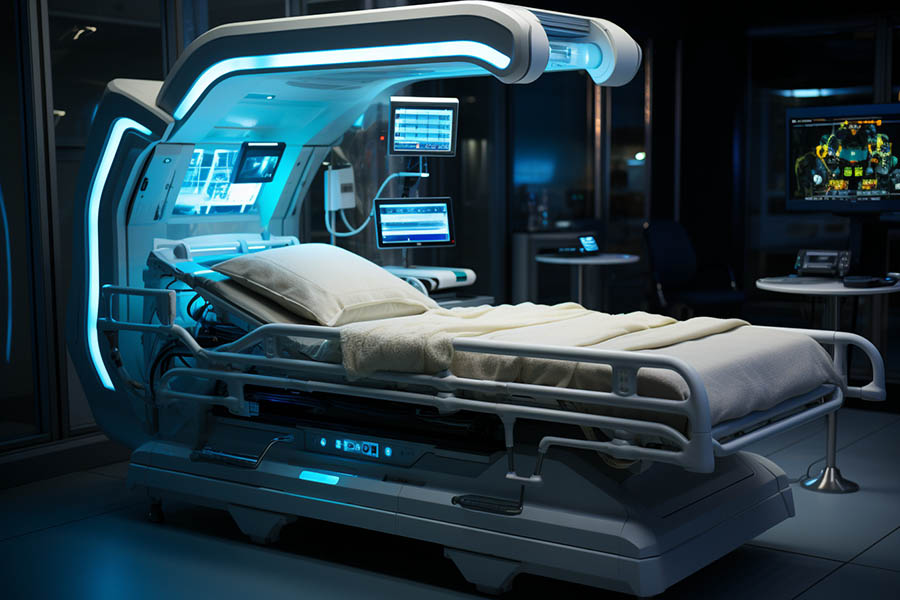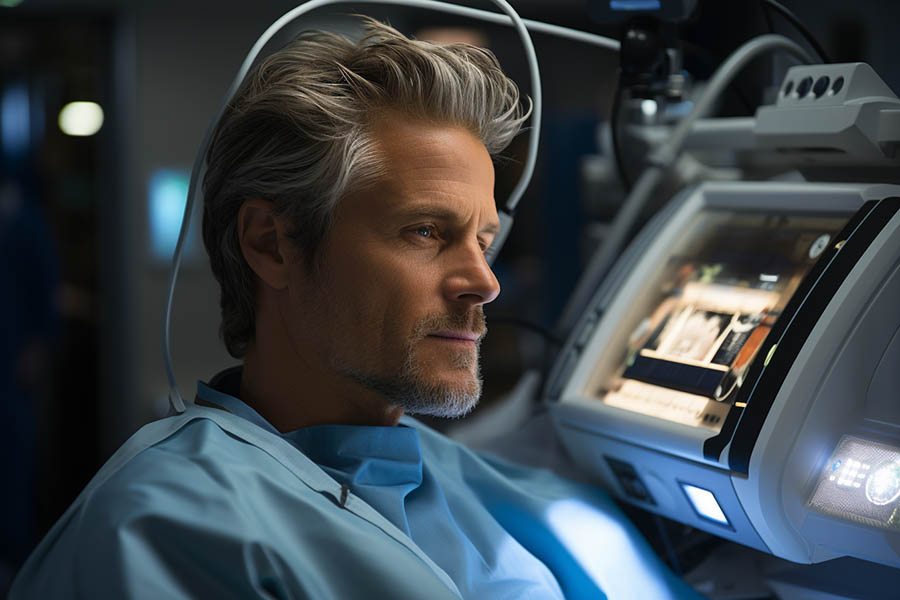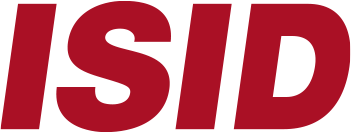2023 will undoubtedly go down as “the year of AI”. It all started with ChatGPT, but every major company is now working on some AI application in their field. In healthcare, however, this process has been going on for some years now. And it is at the stage where it can be used to diagnose medical imaging or video, looking for anomalies.
AI can help in medical imaging diagnostics
Analyzing medical images, like X-Rays, MRI or CT Scans, as well as ultrasound images or videos is hard. That is why it takes a lot of training to become a proficient radiologist, with the ability to spot changes in normal human tissues and make correct diagnosis. But, as with many other fields, artificial intelligence has also arrived in the medical sector. It is able to do a lot of things, as we are seeing in this trilogy of articles, but one of the most interesting is the possibility of doing diagnostics in medical imaging.
A properly trained AI model, that has been shown hundreds or thousands of digital medical images and videos, like those from modern X-Ray machines, or MRI, CT Scan or PET scans, can be able to spot anomalies in the tissues. Sometimes even those small anomalies that a human would not notice or see.

Early warning with AI

But why should this be important? Isn’t an experienced human radiologist better than any AI. Yes, he or she is. But, and there is a ‘but’ here, if the changes are small, the human eye, however experienced, may not notice them or dismiss them. This means that the artificial intelligence image analysis, which has received many thousands of images, could to a diagnostic or prognosis quicker and earlier than the human counterpart. And this, in turn, can help save lives. The beginning of a tumor or other anomaly, spotted by an AI algorithm before a human radiologist, can instigate further investigation by the medical professional, like additional tests or bloodwork. And this could help finding the beginning of an illness than then can be treated earlier, with a higher success rate.
What else can a medical AI help with?
Actually, almost with everything. The fact that an AI algorithm has to be trained first to be effective, is the key point here. Just like a doctor has be trained in different areas, the same can be done to an AI. In fact, an AI can be trained far more specifically than any human could, because all the AI models rely on two things: the model itself, and the data it has been trained on/is still being trained with each new patient. This allows for a kind of specialization that is difficult to achieve as a person. We can’t deal with immense amounts of data as easily as a machine can. But artificial intelligence has much more application than only image diagnosis. Here are some of them:


- Image Analysis and Interpretation. That’s the one we’ve been talking about and is only here to complete the list. AI algorithms can identify and outline abnormalities, tumors, or specific structures in medical images, helping radiologists in their analysis giving a “second opinion”.
- Quantitative Analysis. AI can provide precise measurements and quantitative data from medical images, aiding in the assessment of disease progression and treatment effectiveness. This can be very useful in medical research, for example.
- Early Warning Systems. We’ve also talked about these. The precision of an artificial vision system can surpass human abilities and detect anomalies much smaller than a person, thus raising an alarm, and starting treatment earlier.
- Tailored treatments. Artificial intelligence is able to devise personal treatment plans based on all the patient’s information, and the success rates of different drugs on similar patients, taking into account individual variations in anatomy and pathology.
- Automation. Routine or repetitive tasks, such as image preprocessing and quality control, can be automated, saving time for healthcare professionals, who can do higher value work.
- Workflow optimization. AI can enhance the speed of image analysis and interpretation, leading to faster diagnosis and treatment decisions. Besides, the algorithms can improve the quality of medical images, making it easier for healthcare professionals to interpret and diagnose.
- Reducing workload. By automating routine tasks (as seen in point 5), AI can reduce the workload on healthcare professionals, allowing them to focus on more complex cases and spend more time with patients.
- Decision Support Systems. Very close to the “second opinion” topic, AI can serve as a tool for radiologists and surgeons, providing additional insights and offering recommendations based on its analysis of hundreds of similar medical images.
- Training and Education. Although we are going to see a take on this in part III of this series, AI can be used in educational settings to simulate and generate medical imaging scenarios for training purposes, allowing healthcare professionals to enhance their skills.
Conclusion
In summary, AI in medical imaging, like our own Videomed contributes to more accurate diagnoses, improved patient treatments, and increased efficiency in healthcare workflows. One very important point is that AI is not going to substitute medical professionals, but complement them. We are still at the beginning and new fields and uses are going to be discovered in the upcoming years.
In our last article in this series of three, we are going to have a look on surgical recordings and how they can be used not only for training doctors and nurses, but also for other purposes thanks to the intervention of AI. To see first part here.
